Why are certain spirits barrel-aged?
Ever ask yourself why are certain spirits barrel-aged? Imagine a world where all we had was the sharp bite of rubbing alcohol—no deep, mellow warmth to savor. Barrel-aging transforms that harshness into something magical, like watching an artist turn a blank canvas into a masterpiece. But what is this alchemy? The answer lies in an age-old partnership between spirit and wood.
Barrel Maturation
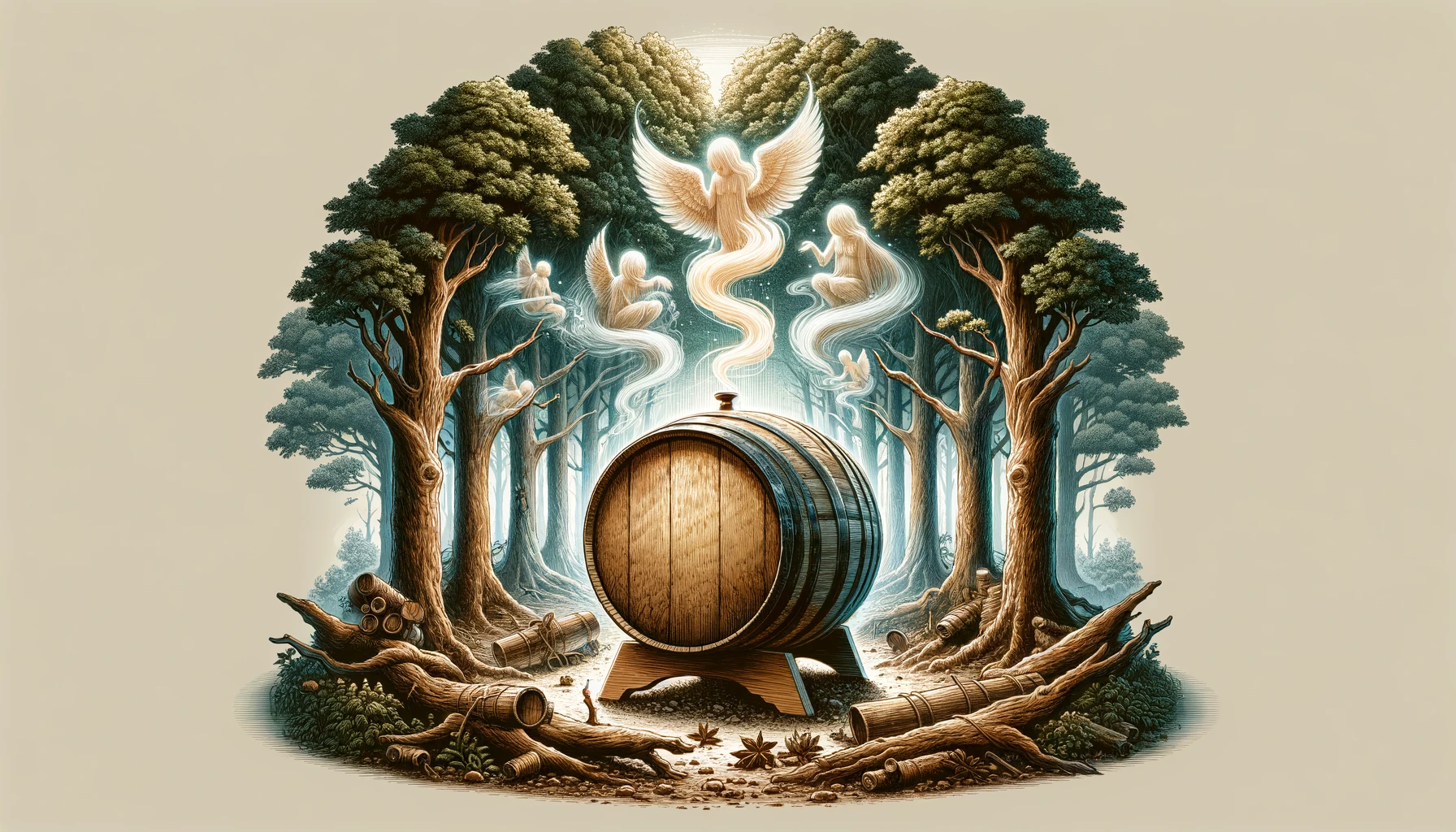
A whiskey barrel isn’t just storage; it’s the crucible where flavor blossoms. Barrel aging imbues the liquid with rich complexity, revealing subtle nuances hidden within.
You’re not just drinking a beverage; you’re tasting years of craftsmanship and nature’s generosity distilled into each sip. By reading on, you’ll unwrap secrets from oak forests and distillers’ diaries—you’ll get why your favorite bourbon whispers notes of vanilla or why Scotch whisky has that smoky hug.
Dive in with me as we journey through time-soaked staves and unravel how evaporation—the angel’s share—leaves behind pure delight for the discerning consumer.
The Essence of Barrel Aging in Spirits Production
Think about the journey a fine whiskey or bourbon takes before it reaches your glass. It’s not just distilled and bottled; an aging process often takes years that turns what might as well be rubbing alcohol into something you’d savor by the fire. This is where barrel aging comes in.
Understanding the Barrel Aging Process
Spirits like whiskey aren’t born with deep flavors and amber hues—they evolve within oak casks. The magic starts when a clear liquid enters a wooden barrel. Over time, this same spirit ages and soaks up complex profiles from the porous wood itself—a dance between nature and craftsmanship.
The Romanticism Behind Aged Spirits Maturation
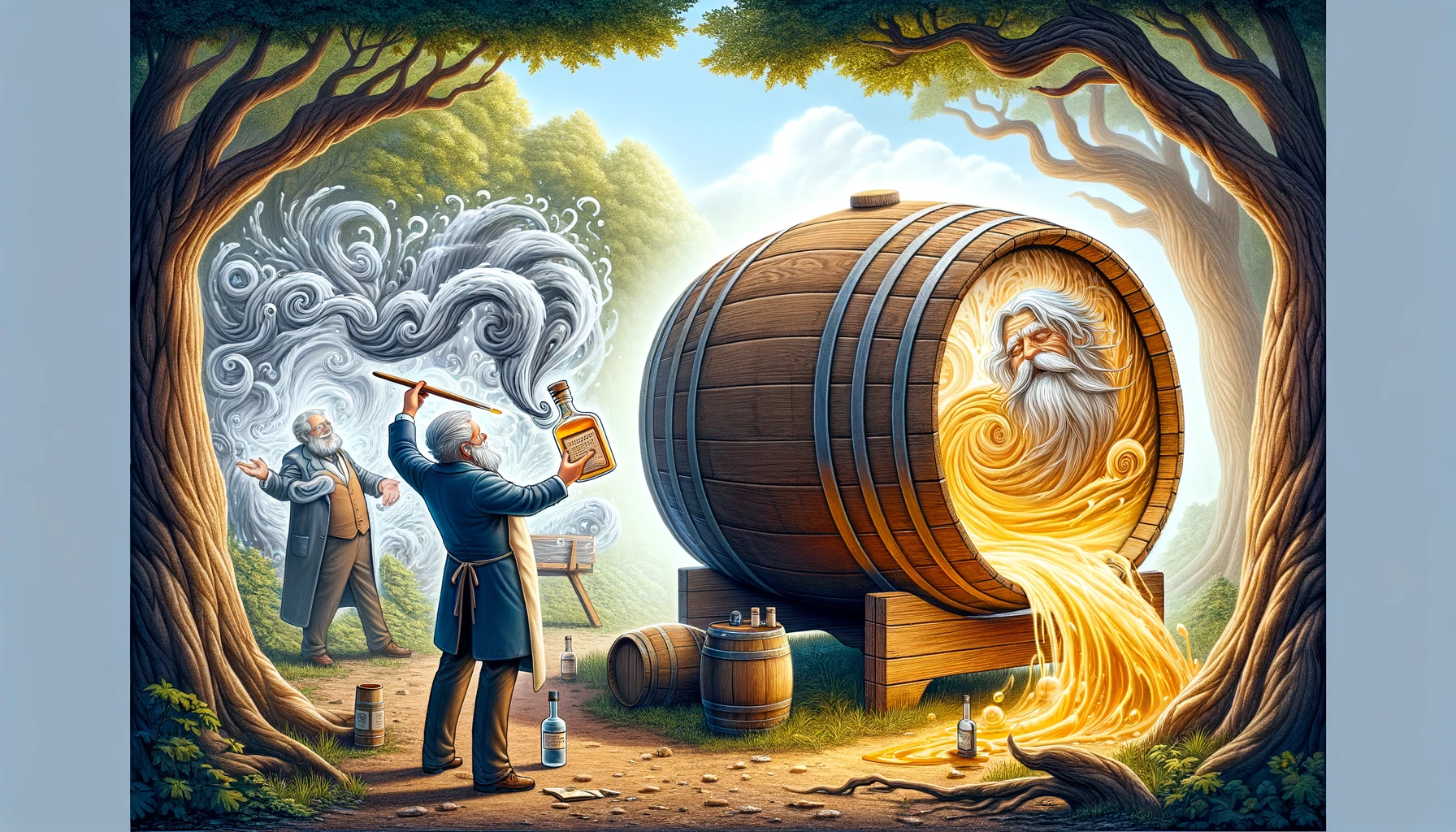
Aging spirits isn’t just chemistry; it’s poetry in motion. There’s romance woven through each year they spend secluded in dark cellars—the angels share, whispering away while many other spirits of those left behind grow more concentrated and full-bodied.
Thanks to their time spent in charred oak barrels, barrel-matured liquors are gifted with layers of nuanced characteristics—vanilla notes from American oak barrels or spicy hints from European cherry wood. Each type of wood imparts its character onto the liquid soul inside used barrels.
Cultures have long revered aged spirits for their depth and complexity—each sip offers a taste of history itself. Think about that next time you raise a glass—it’s not just liquor; it’s legacy preserved one bottle at a time.
Crafting Desired Flavors Through Oak Barrels
Different oaks tell different tales on your palate. An American white gives stronger vanilla overtones and more alcohol, while French oak gives subtler spices. Choosing between one barrel of each can lead to wildly distinct profiles, even among similar types of spirits.
Crafting Desired Flavors Through Oak Barrels
Picture a wooden barrel as an artist’s canvas, where the raw spirit paints its future with every day it rests. The wooden barrel and aging process is like slow magic, transforming clear liquids into sophisticated barrel-aged spirits. Not just time does the trick; it’s also about the type of wood used for aging it.
Oak barrels, especially those made from American oak or French oak casks, are the go-to for crafting desired flavor profiles in spirits and wine. These woods aren’t chosen randomly—they come in casks packed with natural compounds ready to mingle and enhance your drink. These organic compounds get busy when a spirit or wine enters a barrel-filled smaller casks full of character.
Selecting the Right Oak for Distinctive Profiles
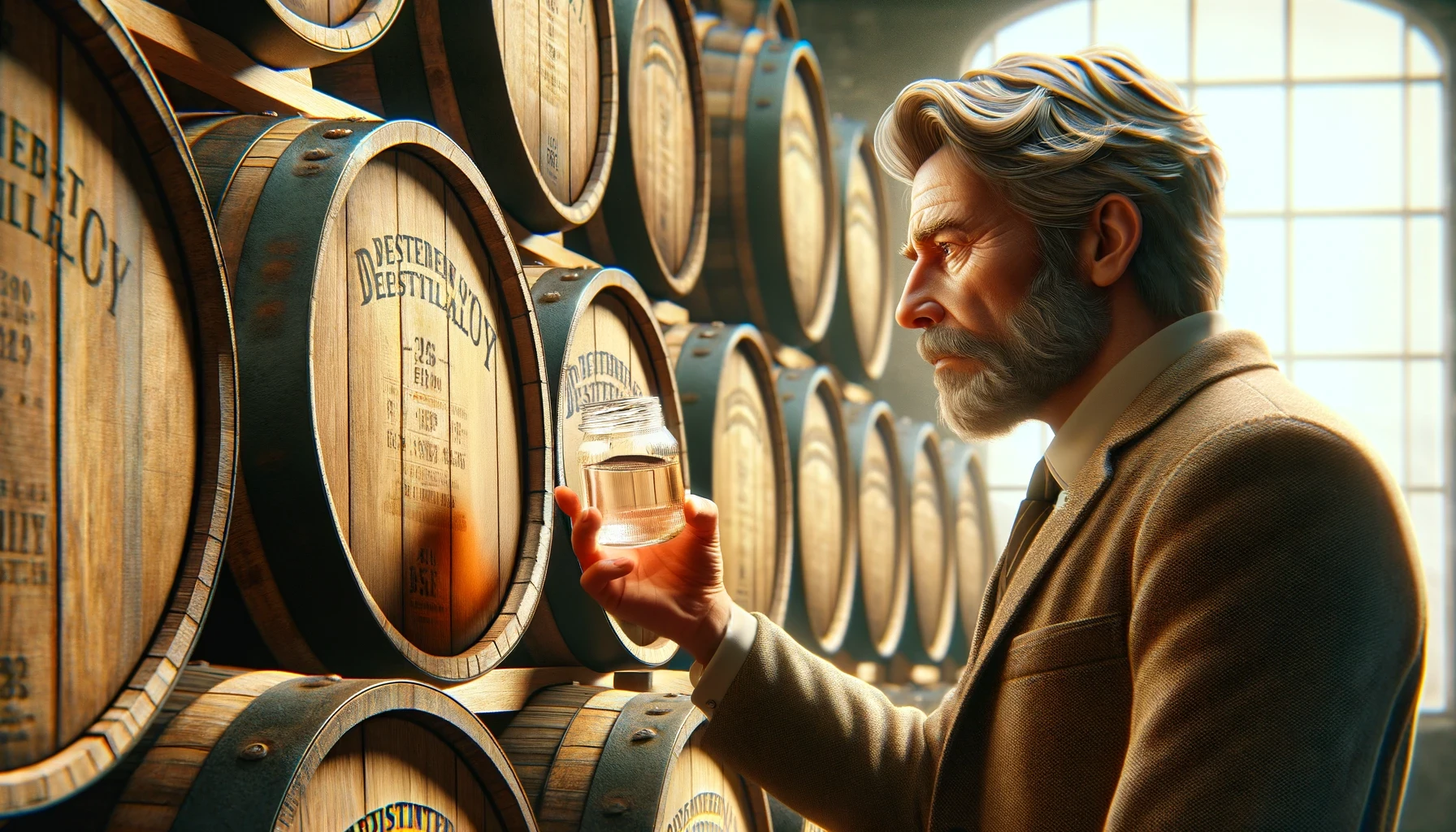
This choice isn’t taken lightly by distillers—it steers where your favorite bottle will end up on your whiskey palate’s map. Think American whiskey: Those classic caramel whispers you adore? Thank American oak—and sometimes charred containers —for those smooth talkers. But don’t overlook bourbon and its European cousins; they bring something special, too. Their contribution might be less pronounced than bourbon, but it adds layers—a hint here, a whisper there—creating complex profiles that are only possible through such nuanced collaboration.
Essentially, each tree has stories soaked into its fibers, waiting to be told through what we sip. And remember—the final product doesn’t rush out overnight. This dance between wood characteristics and distilled spirit takes a few years before bottling occurs—it needs patience matched only by nature itself.
Esters Formed During Maturation: The Scent Designers
The barrel-aging process isn’t only about taste—it also shapes many spirits’ aromas. Esters form as acids react with alcohols over a long period of time within these wooden vessels, contributing fruity and floral aromas that charm the nose before each sip.
This maturation doesn’t happen overnight; it requires patience as these ester formations develop slowly but surely, adding layers upon layers of nuanced flavors until we have aged spirits worthy enough for even the most discerning consumer’s palate.
The charring or burning inside whiskey barrels plays its part, too—think of it as seasoning for your drink. This charred interior acts like activated charcoal, filtering out unwanted harshness while adding complexity through caramelization processes, manifesting as sweet spots in every bottle labeled “barrel-aged”.
Master Distiller’s Role in Barrel Selection
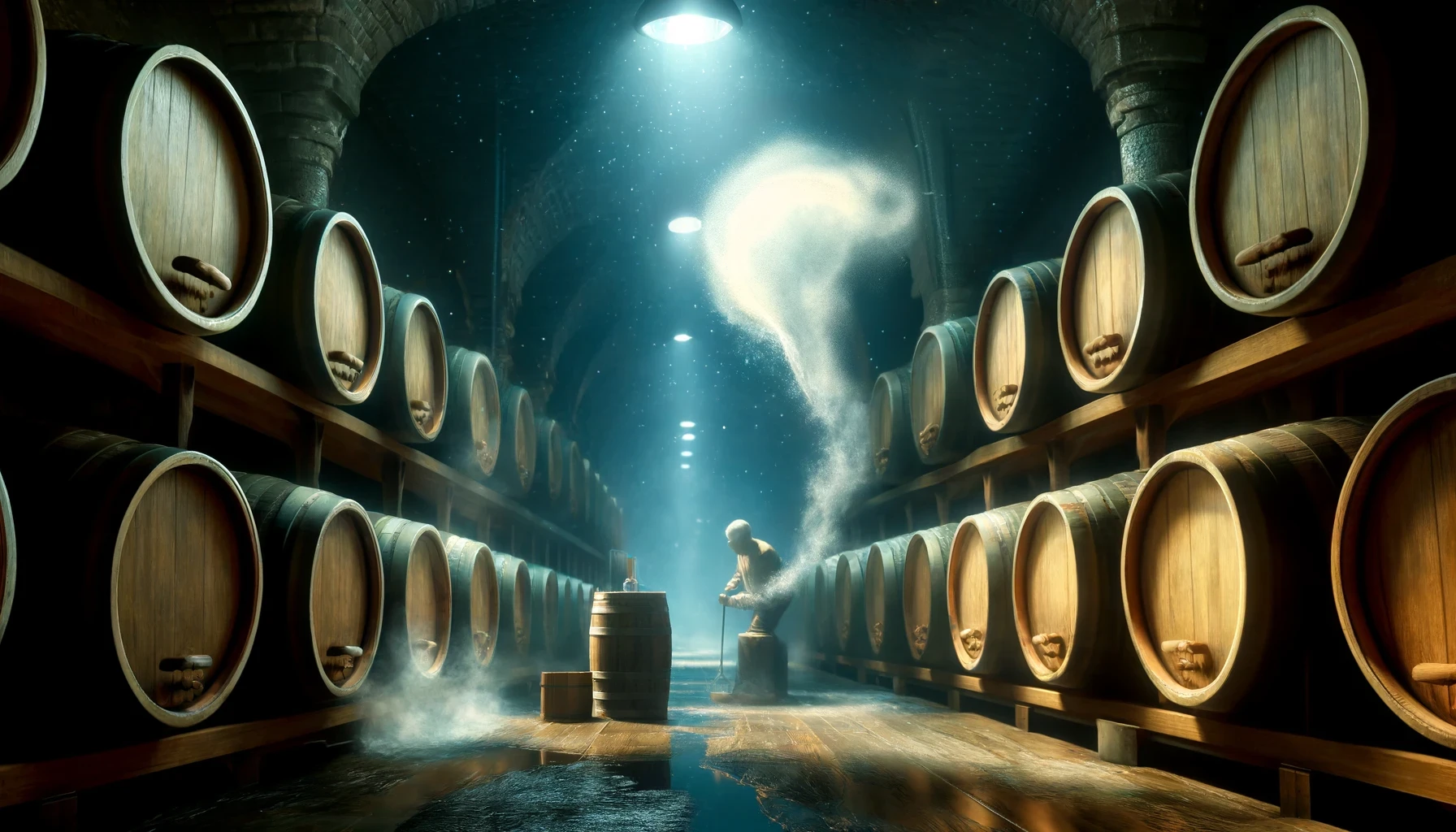
The master distiller isn’t just a craftsman; they’re the heart and soul of the aged spirit that’s journey to maturity. With endless practice and a deep understanding of technical terms, these artisans make informed decisions that define a mature spirit’s character. Choosing the right barrel is as crucial as selecting the perfect ingredients for your favorite dish—it can make or break the outcome.
A seasoned master distiller also considers the size of the barrel when crafting the maturation process. Smaller barrels accelerate aging due to increased surface area contact, a discovery that has evolved from trial and error to a refined science, particularly within the bourbon industry. This meticulous attention to detail ensures that each barrel selection contributes to the perfection of the final product, whether it’s a whiskey boasting rich caramel and vanilla notes or a brandy with a bold and spicy profile.
The Science Behind Aging Time and Barrel Size
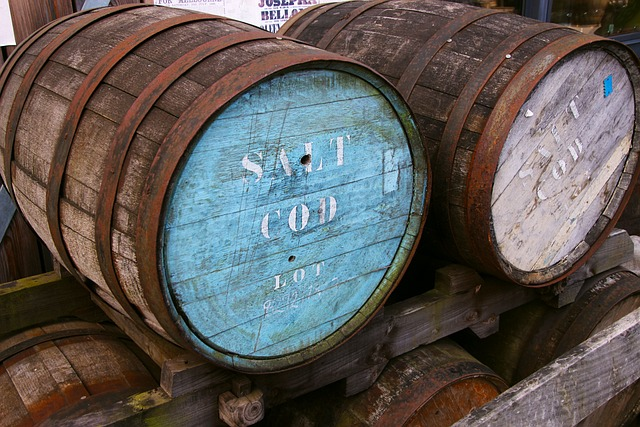
Aging time and barrel size are like the dynamic duo of distilling, working together to craft a spirit’s final act. A smaller barrel means more wood contact for the spirit, coaxing out those rich flavors faster than you can say “bottoms up.” But it’s not just about speed – patience is key because sometimes taking longer in larger barrels allows subtler notes to waltz onto your palate.
Impact of Aging Time on Spirits
Take a moment to envision aging time as a skilled sculptor meticulously shaping raw spirits into exquisite sippers. With each passing day spent nestled within the wooden confines of a barrel, the spirit undergoes a profound transformation, acquiring depth and complexity. It’s akin to an art form, where every additional day contributes to creating a remarkable drink destined to delight discerning consumers.
Finding Balance with Barrel Size
Within the sturdy oak walls of barrels, a vibrant world unfolds. Smaller barrels act as catalysts for maturation, providing spirits with limited space to interact with flavorful wood compounds. This intimate environment accelerates the development of complex characteristics, making it ideal for those eager for quality without compromise.
On the other hand, larger casks of used barrels take a more leisurely approach, allowing flavor profiles to evolve over several years or even decades. Despite the longer aging period, these used barrels minimize evaporation loss, resulting in a more concentrated liquid. They exemplify the notion that greatness can be found in small packages of aged spirits and larger ones.
A Variety of Factors Determining Spirit Readiness
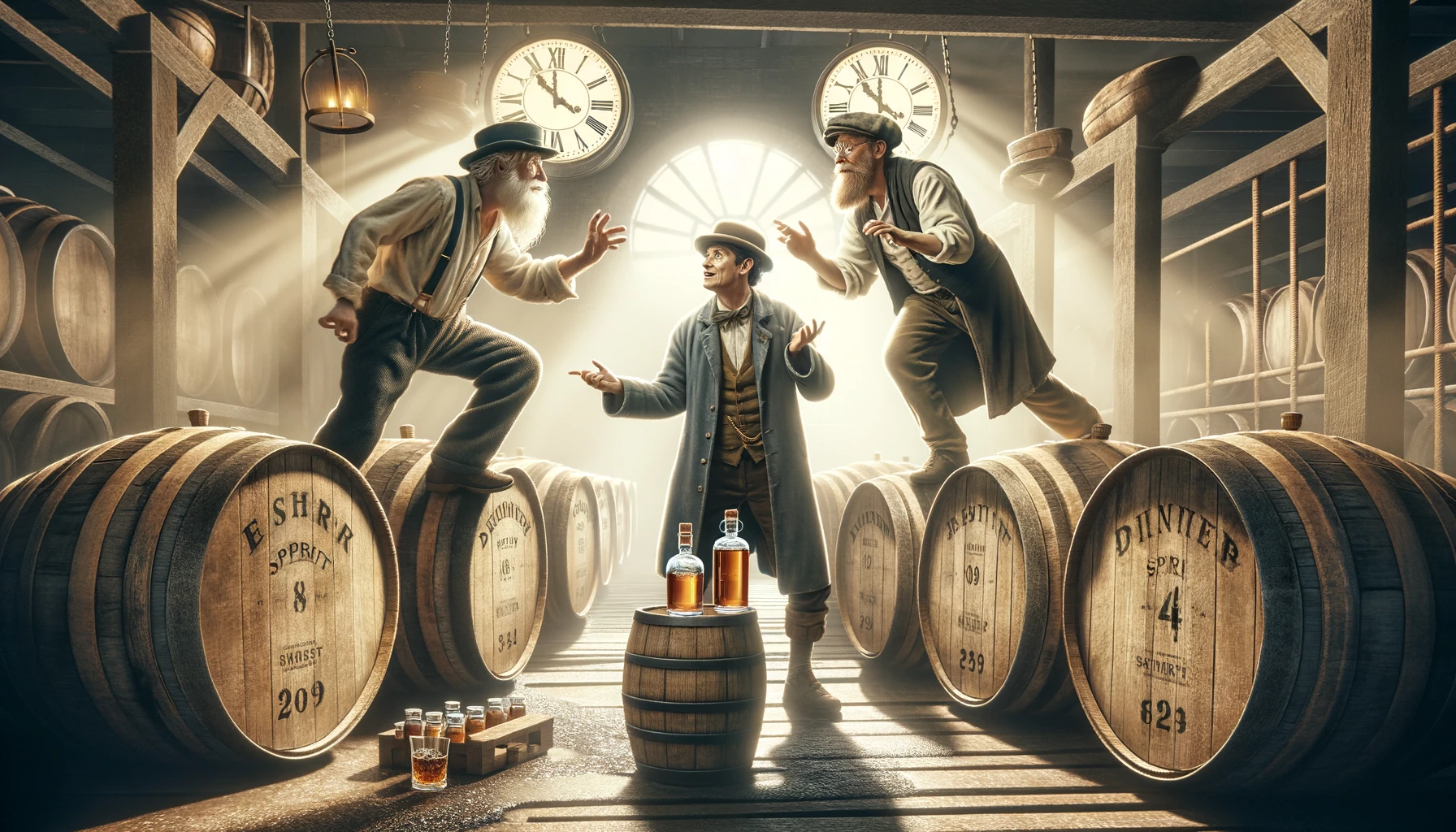
We’ve got our maestro: the master distiller, who calls shots based on experience and know-how gleaned from endless practice with charred oak barrels—a process deeply rooted in tradition yet one barrel continuously refined through innovation.
You’ll learn how every choice—from selecting American oak over European varieties known for stronger vanilla hints or deciding between fresh cuts versus reused whiskey barrels—plays its part within this intricate dance inside each barrel filled under their watchful eyes.
The Visual Transformation – Color Changes During Aging

Why does your favorite whiskey or rum deepen into that rich, amber hue? It’s all thanks to the magic of barrel aging. When a spirit enters an oak barrel, it’s as clear as water. But inside those wooden walls, a natural alchemy takes place.
Barrel Interaction and Chromatic Shifts
The interaction between the spirit and the wood is vital to this transformation. Barrel insides are often charred, creating a layer of charcoal that acts like a filter for other spirits. This charring process, combined with organic compounds already in the wood itself, begins altering spirits at their core. Over months or years—the longer they age, typically—the liquid pulls color from the wood’s pores and liquid inside its wooden vessel.
Oak barrels, especially those made from American oak or French oak, have unique properties that lend them age spirits more than a darker color; they also give off flavors—like vanilla and caramel—that make barrel-matured spirits from ex-bourbon barrels so distinct.
A Palette of Hues: From Pale Straw to Deep Mahogany
Selecting Barrels with Careful Precision
Careful precision guides the master distiller’s selection of barrels, akin to handpicking the lead performer for a grand spectacle. Each wood type imparts its character: American white oak delivers robust vanilla hints, while European oaks offer subtler spice notes. This meticulous selection process shapes the spirit’s flavor journey, ensuring every sip dances with harmonious complexity. And amidst this artful curation lies a transformative technique: charring barrels. Beyond its fiery display, charring caramelizes sugars within the wood, enriching the matured spirit’s flavor with additional layers of depth and character.
Tasting History – How Barrel-Aging Techniques Have Evolved The Aging Process
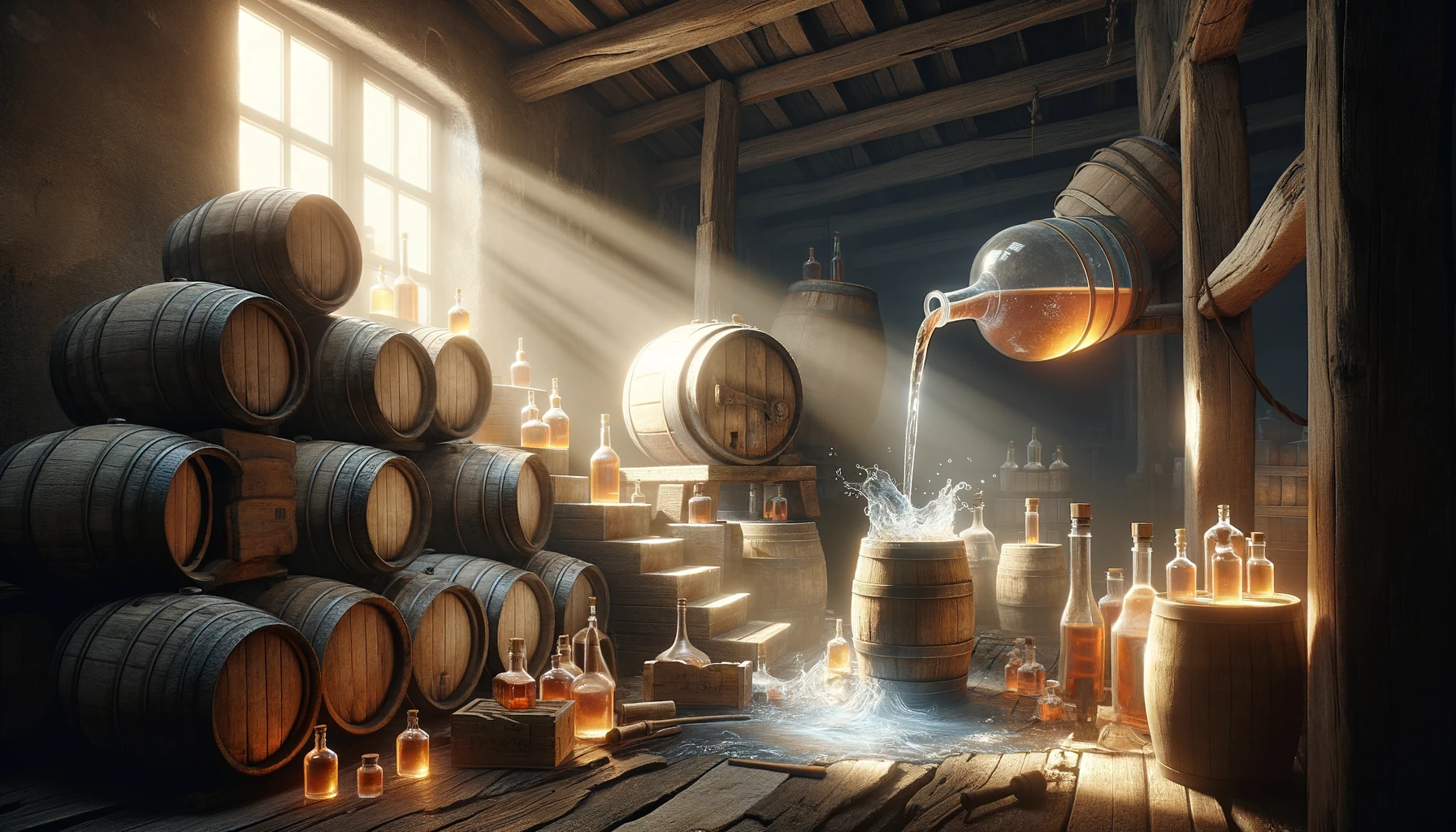
Before science was understood, aging spirits in wooden vessels were more than mere storage; they were serendipitous discoveries that unlocked new depths of flavor. Each barrel acted as a time machine, guiding clear liquids on a transformative journey to see aged liquors emerge full-bodied and rich with complex characters.
Over time, the art of barrel-aging whiskey has evolved into a meticulous process, with every detail carefully considered. The choice of wood for ex-bourbon barrels and vessels used for maturing is pivotal. Take American white oak, for instance—not just any tree is selected for the barrel; it’s akin to the guardian of bourbon, imparting strong vanilla notes thanks to its unique profile compounds.
Crafting Desired Flavors Through Oak Barrels
Exploring the landscape of barrel-aging spirits, one encounters a multitude of wood varieties, each with its own tale to tell. Among these, the enigmatic Mizunara oak stands out, weaving its distinctive flavor profile into the barrel-aged spirits that it nurtures. Coupled with ex-bourbon barrels or ex-sherry casks, this Japanese oak creates a symphony of flavors, resonating with whispers of tradition and innovation.
Sessile oak, known for its tight grain and subtle nuances, is a prized choice in the barrel-aging process. Distillers cherish its ability to impart delicate flavors and enhance the maturation of liquors. Whether whiskey gains complexity or brandy develops sophistication, sessile oak is crucial in crafting premium matured beverages.
Limousin oak is highly prized in the world of spirits production. It imparts distinctive flavors and aromas sought after by discerning connoisseurs. Known for its tighter grain than other oak varieties, such as American white or French oak, Limousin oak contributes subtle nuances and depth to aged spirits like brandy and whiskey.
FAQs: Why Are Certain Spirits Barrel-Aged?
Why are some spirits matured?
Aging spirits give them a more pleasant taste. Aging liquor can lead to specific chemistry reactions and allow liquor to “steep” and develop characteristics over a long period. Eventually, older liquors can help to improve your enjoyment in the drinks department.
What spirits are aged in barrels?
Whiskey, rum, wine, and tequila—all gain character from time spent in oak barrels before reaching your glass.
What alcohol is not matured in barrels?
Vodka remains unaged. It’s meant to be clear and neutral without the influence of oak or the amber hues of aging.
What other spirits do not need aging?
Gin doesn’t require aging; its flavor profile is achieved through botanical infusion, providing the punchy taste we know and love.
The Last Dram
Understanding why certain liquors are barrel-aged reveals the essence of profile enhancement. The interplay of time and wood transforms raw liquors into extraordinary libations.
Witnessing the alchemy of aging, where colors deepen, and complexities emerge, invites us to savor each slow sip. Evaporation, far from being a loss, concentrates its profile —a testament to the angel’s share.
Master distillers, with meticulous care, select each barrel to shape the future of the bourbon industry, your next beloved drink.
In essence, the journey of each aged spirit is a narrative of nature intertwining with craftsmanship—where patience yields liquid gold.

